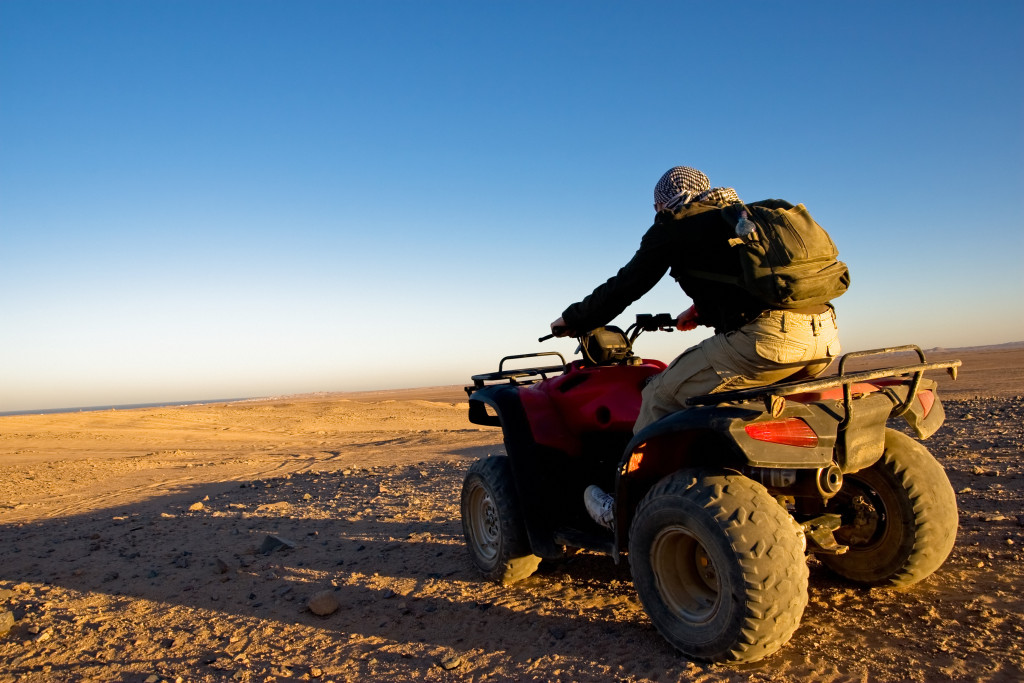Owning a powersports vehicle can be an incredibly rewarding experience. Whether you’re ATVing through the woods, cruising on a motorcycle down the highway, or skiing behind a speeding boat, there’s nothing quite like the thrill of the open road (or water). But before you take your new toy out for its first spin, it’s essential to know what you need to do to stay safe and legal. This guide will walk you through owning and operating a powersports vehicle.
What are Powersports Vehicles?
Powersports vehicles include a wide range of recreational vehicles, from motorcycles and all-terrain vehicles (ATVs) to personal watercraft (PWCs) and snowmobiles. While each type of vehicle has its own unique set of features, they all share one common trait: they’re designed for fun.
Owning a powersports vehicle can be an enjoyable way to explore the great outdoors. Still, it’s important to remember that these vehicles are powerful machines that require proper care and maintenance. Before you purchase a powersports vehicle, it’s essential to do your research to make sure you understand the risks involved.
Operating a Powersports Vehicle: The Basics
Before you hit the road (or water), there are a few basics you need to know about operating a powersports vehicle.
First and foremost, always wear a helmet. This cannot be stressed enough—a properly fitted helmet is the single most important piece of safety gear you can wear when operating a powersports vehicle. In addition to a helmet, you should also wear protective clothing, such as long pants, long sleeves, gloves, and boots.
It’s also important to familiarize yourself with the controls of your vehicle before heading out. Take some time to read the owner’s manual to understand how the throttle, brakes, and other features work. And if you’re renting a powersports vehicle, be sure to ask the rental company for a demonstration of how to operate the vehicle.
When you’re ready to hit the road (or water), always remember to drive (or ride) responsibly. This means obeying all traffic laws, driving (or riding) at a safe speed, and being aware of your surroundings.
Powersports vehicles are designed for fun, but they can also be dangerous if not used properly. By following these basic safety guidelines, you can help ensure that your powersports experience is safe and enjoyable.

Owning a Powersports Vehicle: What You Need to Know
There’s more to owning a powersports vehicle than knowing how to operate it. To be a responsible owner, you also need to understand your vehicle’s essential maintenance and care requirements.
Powersports vehicles require regular maintenance to stay in good working condition. Be sure to check the owner’s manual for specific recommendations on how often to service your particular vehicle.
In addition to regular maintenance, it’s essential to properly store your powersports vehicle when it’s not in use. Most vehicles should be stored indoors in a cool, dry place. And if you live in an area where snow and ice are common, you’ll need to take special care to protect your vehicle from the elements.
Before you take your powersports vehicle out for a spin, check the tires, brakes, and lights to ensure that everything is in good working order. And always remember to carry a spare tire and an essential toolkit to prepare for any roadside emergencies.
Purchasing Powersports Vehicle Insurance
When you own a powersports vehicle, it’s essential to have the proper insurance coverage in place in case of an accident or other unforeseen event.
The type and amount of insurance you need will vary depending on the vehicle you own and how you use it. For example, suppose you only use your ATV for recreational purposes. In that case, you may not need as much insurance as someone who uses their ATV for work or competition.
Be sure to talk to your insurance agent about the specific coverage options for powersports vehicles. And remember, you can always purchase additional coverage later.
You can get additional peace of mind against theft by fitting your powersports vehicle with GPS tracking. This will enable you to track your vehicle and recover it. The system is tamper-resistant and weather-resistant.
Powersports Vehicle Registration and Licensing
Depending on the type of powersports vehicle you own, you may need to register it with your state or local government. Similarly, you may also need to obtain a special license to operate your vehicle.
ATVs, for example, are typically required to be registered. In contrast, PWCs may only require registration if they’re used in specific waterways. Snowmobiles, on the other hand, usually don’t need registration.
As far as licensing goes, most states require that you have a valid driver’s license to operate a powersports vehicle. However, some states have special requirements for those who want to use certain vehicles, such as snowmobiles or ATVs.
Be sure to check with your state or local government for specific registration and licensing requirements in your area. With this, you are completely covered as a powersports vehicle owner.





